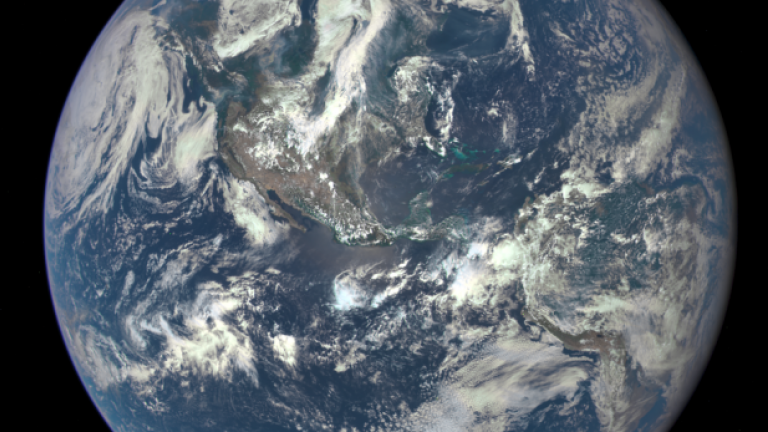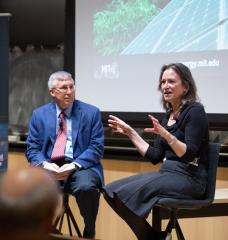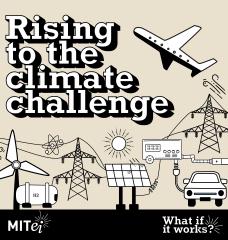
Monday, March 11, 2019
It may sound like an idea out of a science fiction movie: spraying aerosols into the atmosphere to reflect sunlight and cool the Earth. But a new Nature Climate Change study by scientists at MIT, Harvard and Princeton says the process — called solar geoengineering — may be a cheap and effective way to reduce the impacts of global climate change. EAPS Cecil & Ida Green Professor of Atmospheric Science Kerry Emanuel discusses with WBUR how aerosols would be used to mitigate warming without globally worsening extreme temperatures or weather. A small fraction of locations may see exacerbated climate change impacts. Emanuel discusses the pros and cons of this measure.
Other media mentions:
Radical plan to artificially cool Earth's climate could be safe, study finds (The Guardian)
Halving global warming with solar geoengineering could ‘offset tropical storm risk’ (Carbon Brief)
Finding the right 'dose' for solar geoengineering (Science Daily and Phys.org)
Spray sun-blocking chemicals into atmosphere to cut global temperature rise in half, scientists say (The Independent)
The Risks, Rewards and Possible Ramifications of Geoengineering Earth’s Climate (Smithsonian)
Geoengineering might not be so ludicrous an idea — if we gave Earth the right dose (Mashable)
Govts seek UN scrutiny of technologies to cool the climate (The Economic Times)
Scientists: Maybe If We Only Dim the Sun a Little It Won’t Backfire Horribly (Earther/Gizmodo)
Story Image: Earth as seen on July 6, 2015 from a distance of one million miles by a NASA scientific camera (Credit: NASA)






